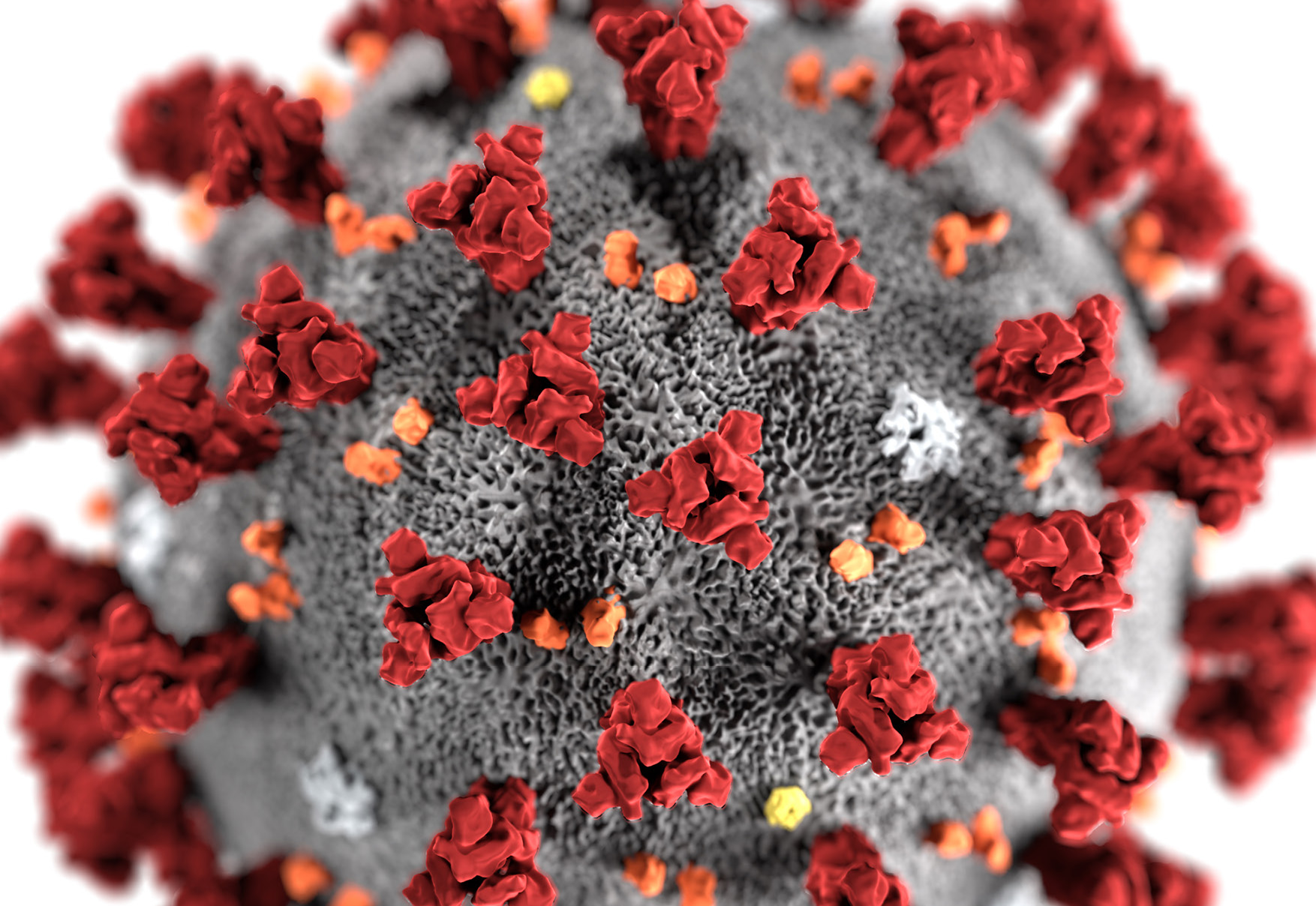Bill Gates, born in Seattle, Washington, in 1955, is an American businessman, software developer, investor, and lately philanthropist. He is best known as the co-founder of Microsoft Corporation, ruling the universal computer world. Recently, on March 13, 2020, Microsoft announced Gates would be leaving Microsoft to dedicate his efforts in philanthropic endeavors such as climate change and global health.
The Gates Foundation puts more than half of its resources into reducing deaths from infectious diseases. They invest in inventing new treatments and vaccines for these diseases and making sure they get delivered to everyone who needs them. The diseases include HIV, malaria, tuberculosis, polio, and pneumonia.
They claim that whenever there is an epidemic like Ebola, SARS coronavirus, or Zika they work with governments and the private sector to help model the risks and to help galvanize resources to create new tools to stop the epidemic.
The on-going coronavirus pandemic damage to health, wealth, and well-being has already been enormous, while it has not affected all countries equally. Global innovation is the key to limit the damage, as Gates says. Exponential growth of pandemic spread is not intuitive. If you say that 2% of the population is infected and this will double every eight days, it means that in 40 days, most of the population will be infected.
Thus, scientists use the reproduction rate, or R0, to calculate how many new infections are caused by an earlier infection. It is below 1.0 wherever the number of cases is going down and above 1.0 wherever the number of cases is going up.
Treatments and vaccines
Development about a new vaccine usually takes around five years. Once you pick a disease to target, you must create the vaccine and test it on animals, and then you begin testing for safety and efficacy in humans. Safety is about if there are any minor side effects (like a mild fever or injection site pain) that can be acceptable, while you do not want to inoculate people with something that makes them sick. Efficacy measures how well the vaccine protects you from getting sick.
To achieve 100% efficacy is almost impossible, while this year’s flu vaccine is around 45% effective. The four most important treatments at time are:
1. Collecting blood from patients who have recovered from COVID-19, making sure it is free of the coronavirus and other infections, and giving the plasma to people who are sick.
2. Identifying the antibodies produced by the human immune system that are most effective against the novel coronavirus. Once those antibodies have been found, they can be manufactured and used as a treatment or to prevent the disease (in which case it is known as passive immunization).
3. A class of drugs called antivirals, which keep the virus from functioning or reproducing. Antivirals used to help people with HIV. For the novel coronavirus, the leading drug candidate in this category is Remdesivir from Gilead, which was created for Ebola.
4. Another class of drugs works by changing how the human body reacts to the virus. Hydroxychloroquine is in this group.
What about RNA vaccines
Vaccines have saved more lives than any other tool in history. Gates says that the typical development time for a vaccine against a new disease is over five years. This is broken down into: a) making the candidate vaccine, b) testing it in animals, c) safety testing in small numbers of people (this is known as phase 1), d) safety and efficacy testing in medium numbers (phase 2), e) safety and efficacy testing in large numbers (phase 3), and f) final regulatory approval and building manufacturing while registering the vaccine in every country.
Over the above, CEPI helped advance new approaches to making vaccines that could be used for this pandemic. CEPI added resources to work on an approach called RNA vaccines.
Unlike a flu shot, which contains fragments of the influenza virus so your immune system can learn to attack them, an RNA vaccine gives your body the genetic code needed to produce viral fragments on its own. When the immune system sees these fragments, it learns how to attack them. An RNA vaccine essentially turns your body into its own vaccine manufacturing unit.
To sum up, the world is creating this vaccine on a historically fast timeline. Also, we need to manufacture and distribute at least billions of doses of the vaccine. Humanity must cooperate and stay healthy until the treatment is efficient. Workplaces will open again, economy will work again, but the challenges will become even tougher to cope with.























0 comments:
Post a Comment